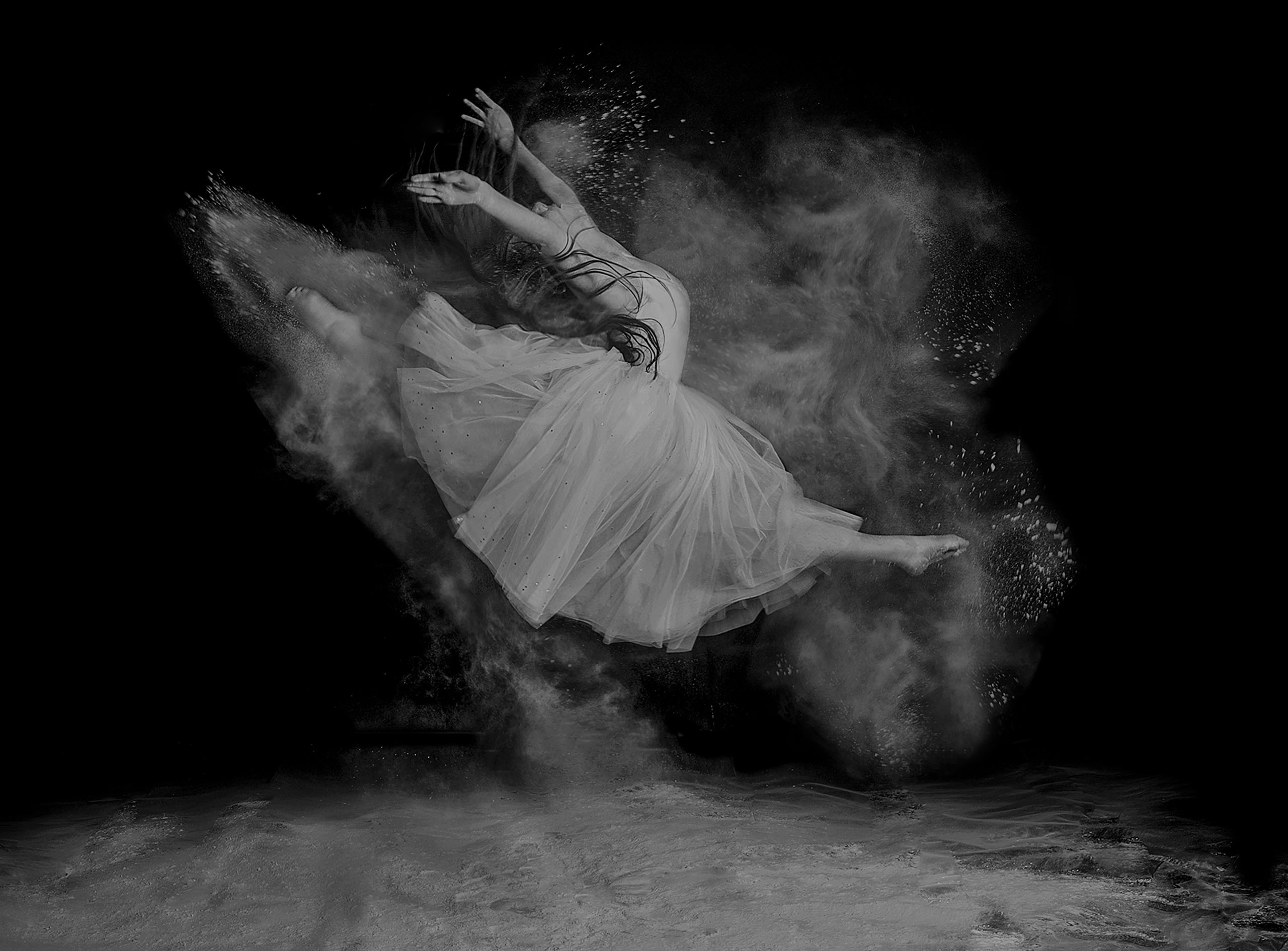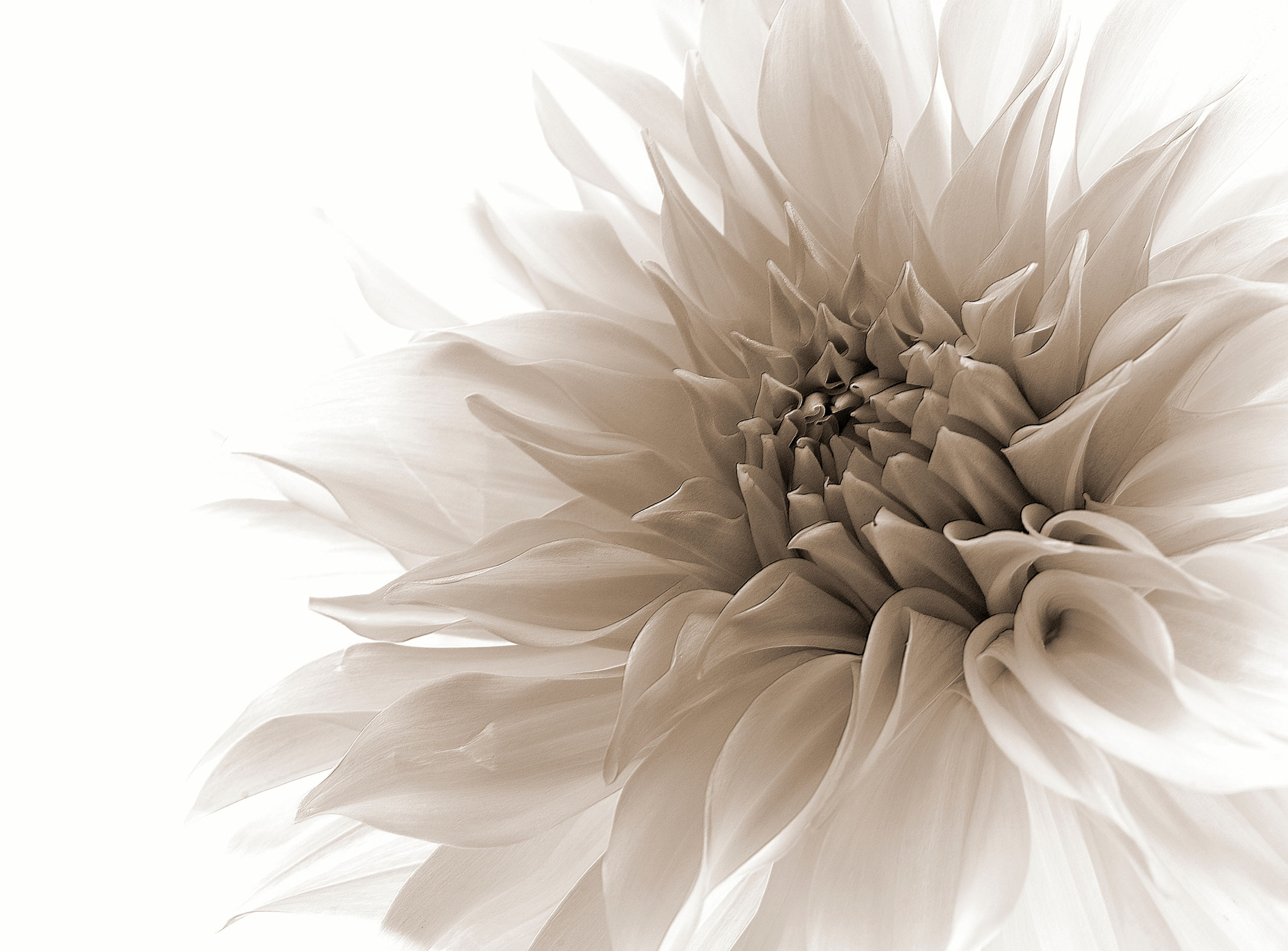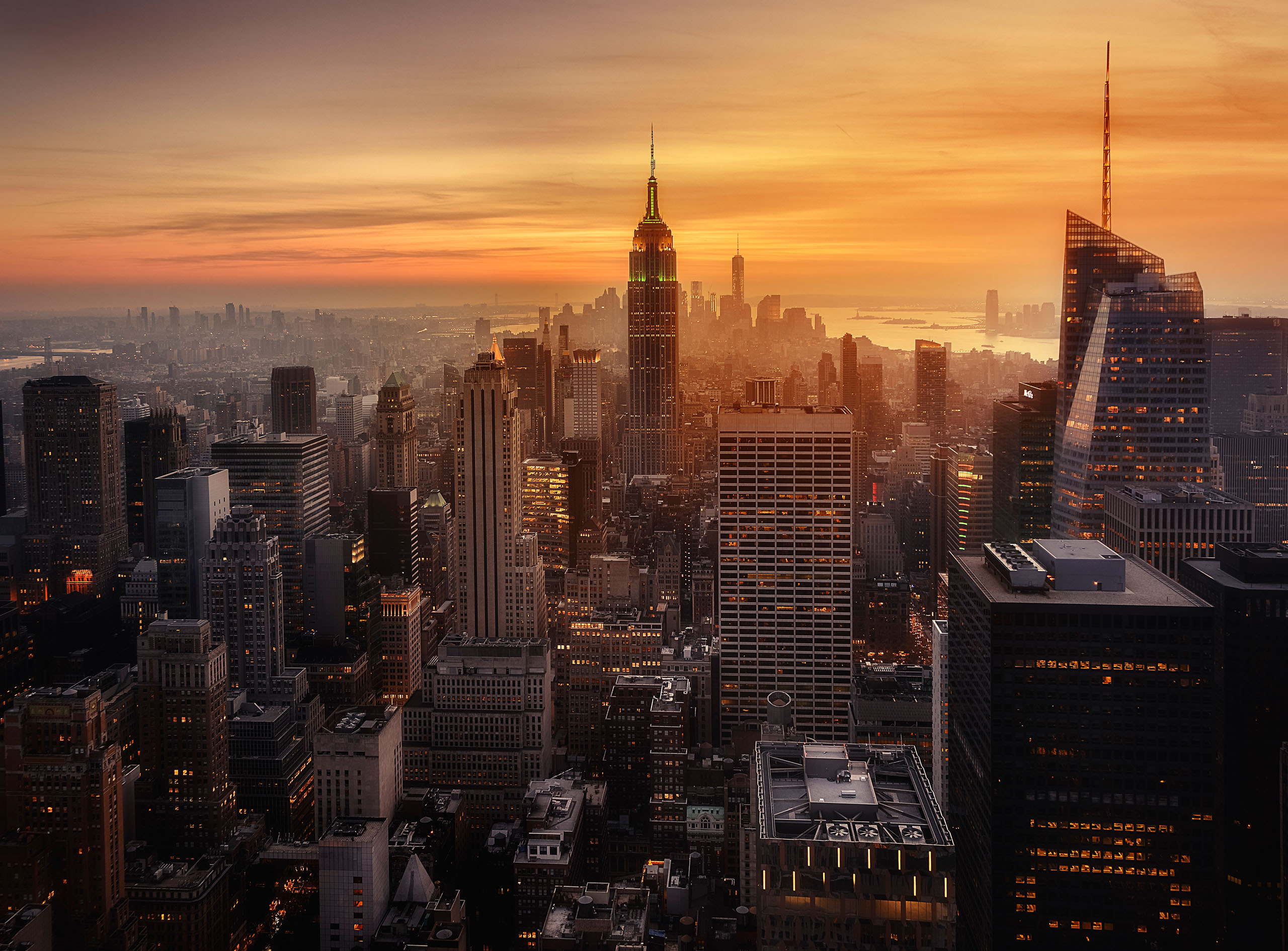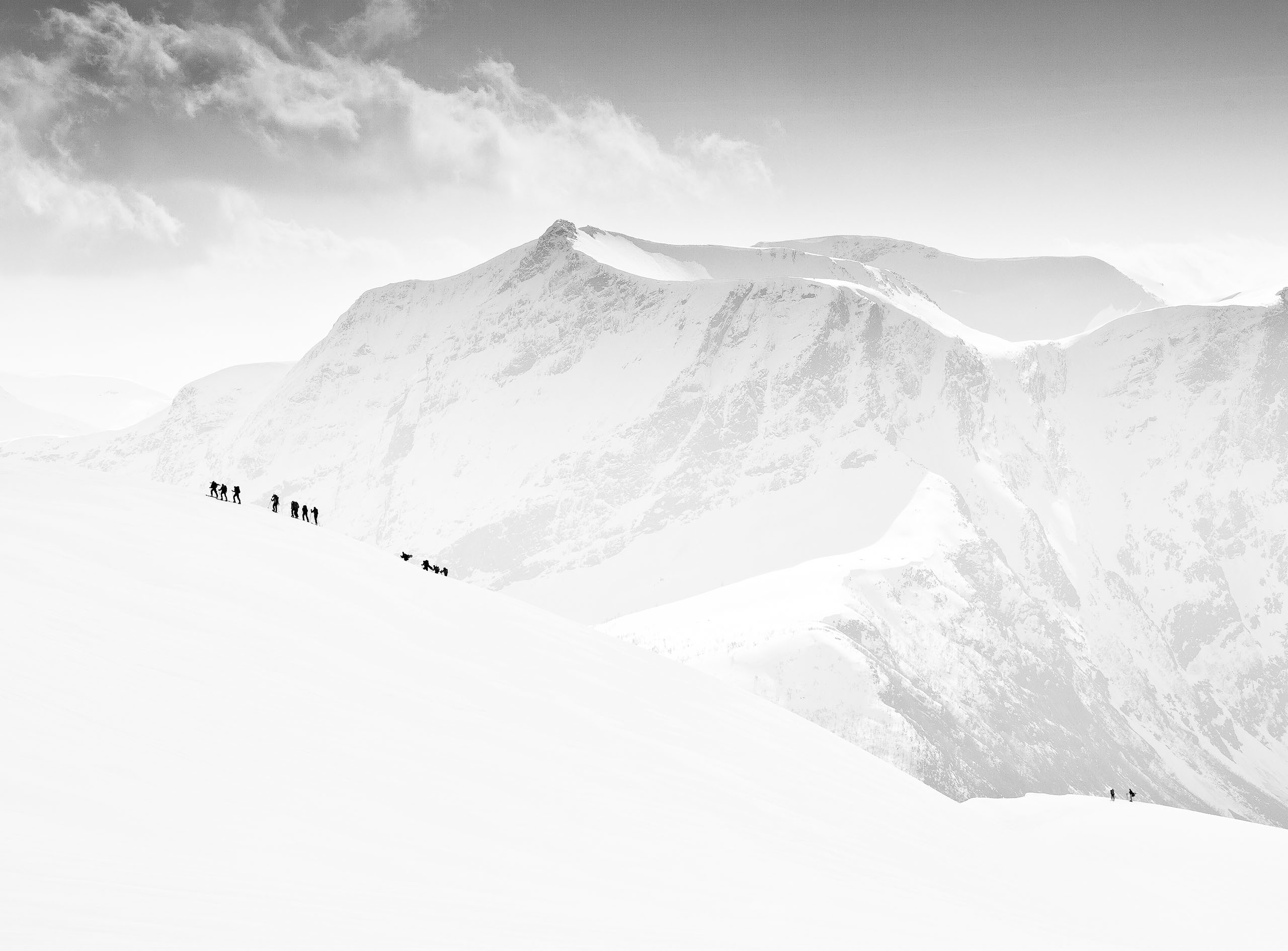SEARCH






|
|
|
|


by Yvette Depaepe
Published the 14th of July 2025
Ramiz Sahin strongly believes that photographers should have a cause they want to communicate through their work. Every photo we take has a reason for being shown. It is important to consider how far it reaches the viewer. Sometimes, photography transcends our boundaries and begins to define our lifestyle. Read more about Ramiz and the man behind his work in this interview.
'Bow'
'dried lemons'
'on the wooden pier...'
Dear Ramiz,first I would like to thank you for taking the time to answer this questionnaire. To begin with, could you please introduce yourself briefly and tell us more about yourself, your hobbies and any other projects you are involved in?
I am an amateur photographer from Istanbul and a retired physical education teacher. After retiring, I graduated from the Department of Photography and Videography at Open University in Turkey and became a member of the Istanbul Photography and Cinema Amateurs Association (IFSAK). I have held various positions on the IFSAK board of directors for many years and also work as a photography project consultant at IFSAK. After completing a project entitled Minimalism in 2024, I and the friends who participated in the project have recently established the Minimalist Photography Group at IFSAK. We are currently working on projects with the Minimalist Photography Group. We plan to further develop our original minimalist works.
When and how did you begin your journey in photography?
My interest in photography began in secondary school. Like many others, I started out taking photos with the legendary Lubitel 2, which I bought using my pocket money. I set up my own darkroom while at high school. It was small and located under the stairs. Yet I was very happy. I made contact prints for a while. After saving up again, I bought a small enlarger and started making larger prints. This was a significant development for me. At that time, I dreamed of becoming a photojournalist. However, the idea of studying physical education and teaching at university became more important to me. After graduating, I worked as both a teacher and a coach. Consequently, I could not find the time to take photos. Although I had not taken photographs for many years, the idea was always at the back of my mind. In 2013, I ended my career, bought a new camera and renewed my membership of İFSAK. I then participated in its activities. First, I received training in documentary photography. I then participated in setting up the İFSAK Belgeselab (Documentarylab) photography group and created my documentary, Pendik Garaj (Pendik Garage). That year, the documentary was accepted at the International Istanbul Photography Festival. However, as the conditions for documentary photography were extremely challenging for me at that time, not least because one had to be young, I changed direction.
For many of us, photography is either a hobby or a way of life. How would you describe your relationship with photography?
I am an amateur photographer. An amateur is someone who loves their job. This depends on how passionately one performs their job. I believe that photographers should have a cause that they want to communicate through their work. Every photo we take has a reason for being shown. It is important to consider the extent to which it reaches the viewer. This relates to how important you consider your job to be and how much time you spend doing it. Sometimes, our hobbies transcend their boundaries and begin to define our lifestyle.
Which experience has had the greatest influence on your journey in photography so far?
I believe that moving away from documentary photography has encouraged me to explore different areas. It's been a long journey. I don't know what the future holds.
You have your own style, but your work is very diverse. I see architecture, portrait and still life photography. Could you explain why this is?
Yes, I often think about that, too. Is diversity a good thing? Photographers usually prefer to specialize in one area and become experts in it. I like producing different styles of photographs. This allows me to express myself in different ways. Our style can change over time. This is perfectly normal.
Which is more important to you: the mood or story behind your images, or technical perfection?
I would like to answer this question with a quote from Gilles Deleuze: In his book 'Movement-Image', he says, 'Consciousness fills the gap between perception and action.' Although this is intended for the viewer, it also applies to the photographer, who creates the perception. What impression do you want to create for the viewer? For me, it's important to capture the mood of the situation. I can achieve this by using technology to create a strong narrative.
What is your relationship with your subject matter beyond merely observing it?
Do you carefully prepare the locations where you intend to take photographs?
I usually plan the photographs I want to take in my head. If something I see, a film I watch or a book I read inspires me, I take notes in my small notebook. I even draw a storyboard. I search for suitable locations. Sometimes, life offers beautiful surprises when I'm out and about in the places I choose.
'City people'
' Alone...'
'Alone'
'Minimal story...'
'knitting, reading'
Describe your overall vision for photography.
I believe that the purpose of photography is to impress viewers. I want to create a mood for the viewer through an original and aesthetic narrative language that makes them take action.
Could you tell us more about your workflow, from coming up with an idea to creating the final product?
Usually, I plan my photos in advance. This is why I try to achieve the desired result during the shoot. However, I always edit all my photos. I use Lightroom for this purpose. I prefer to use Photoshop for still-life photographs, especially to add textures or overlays or try something new.
Where do you look for inspiration, and what inspires you the most?
Years ago, I saw a still-life painting that had a great impact on me. I said that one day I would like to take such photographs. That's how my still-life photography journey began. I am particularly inspired by classical paintings. Photography is a cultural phenomenon. Therefore, I am also inspired by the books I read and the films I watch. Films by directors such as Béla Tarr, Nuri Bilge Ceylan and Ingmar Bergman affect me. I also enjoy looking at the work of master photographers on 1X. There are many impressive works. I would like to thank them for their inspiration.
'September is gone too...'
'Sunflower'
'From Ege...'
'Peaches'
'fall end grapes'
Many people believe that gear is unimportant if you're passionate about photography. Could you please tell us what equipment you use, such as your camera, lenses, lighting and tripod?
I don't think the idea that equipment isn't important captures the whole issue. After all, photography was a significant technological development when it was invented. It still is. Some things require sufficient technology to be possible. Ultimately, it is up to the photographer to use the equipment in the most appropriate way for the purpose and to produce something with sufficient technology.
Excluding my analogue cameras, I have two digital cameras: A Canon 5D Mark II with 28–300, 50 mm and 24–105 mm lenses. I also have a Sony 6000 that I always carry with me. These cameras meet my current needs. I use a tripod, particularly for still life and portrait photography. As my equipment is heavy, I also use a monopod.
I prefer to use daylight, even for indoor photography.
Which photo is your favourite? Please tell us the story behind your choice.
It's difficult to choose! Since my work is so diverse, there are many different aspects to consider. In my opinion, my favourite photo is the one I have yet to take. However, I would like to share a portrait of my 105-year-old mother with you. She is 105 years old. Her father was sad because he could not send her to school, and he told her so. Inspired by her sad story, I took a series of photos of her with books. This is just one example.
'Old books are good friends'
'Book and human.'
'Reminiscences'
*?*
Which photographers or mentors have influenced you and your photography?
When I was taking documentary photographs, I was most influenced by Eugene Simit and Salgado. Among Turkish photographers, the artists I take as role models are Fikret Otyam, Ara Güler, Şahin Kaygun and İsa Çelik, who have produced special works. Every photograph has a decisive moment, so we should not overlook the work of Henri Cartier-Bresson.
Now that we are almost at the end of this interview, could you please tell us about any photographic projects you would like to be involved in?
I am planning to hold a personal exhibition of my still-life photographs. I created unique frames for each of my photographs. (I am quite the carpentry artist!) I have not yet decided on the photo paper. I want it to be something special. My research is ongoing.
Recently, I have been working on producing pictorialist photographs with a minimalist narrative style. This will be a collaborative project involving the Minimalist Photography Group, which I founded with friends. We plan to conclude this project with a group exhibition next year.
'Two birds'
'Full windows'
'There is no salvation alone.'
'The wall...'
Is there anything else you would like to add, and what are your thoughts on using 1X as a home base for your work?
I have been following 1X with interest ever since I first discovered it. I believe it has taught me a great deal. It's extremely valuable to be in touch with photographers from around the world. I was thrilled when my first photograph was published. I ran and showed it to my wife. The curators who select the photographs maintain a certain quality. Your work is truly beautiful. I am endlessly grateful to you and the whole 1X team.
With my kindest and warmest regards.
Ramiz Sahin
Istanbul / 2025
 | Write |
 | JORGE GRADE Excelente entrevista e excelente trabalho! Parabéns, Ramiz! |
 | Jacob (Jian) Xu CREW Beautiful collections and great article! |
 | CHIH YUAN LIN PRO Very Wholehearted work, very in-depth article. Thank you very much |
 | Ramiz Sahin PRO Thank you very much CHIH. Best regards. |
 | Mariuca Brancoveanu PRO Very good interview, like always. I like very much the diversity of Ramiz portfolio |
 | Ramiz Sahin PRO Dear Mariuca, thank you very much. Best regards. |
 | carlo borgatelli PRO Varius and excellent work, congratulations |
 | Ramiz Sahin PRO Thanks so much Carlo. Regards. |
 | Ayse Yorgancilar PRO When I saw your name on the front page and then your works, I was proud of you like my own success.Congratulations... |
 | Ramiz Sahin PRO Dear Ayşe, Your friendly comment touched me deeply. Thank you very much. Best regards. |
 | Yinghui Dan PRO Excellent work! |
 | Ramiz Sahin PRO Thanks so much Yinghui. Best regards. |
 | 大山 儀高 PRO 素晴らしい写真と記事です。最後に付け加えられた言葉が胸に響きます。ありがとう。そして、おめでとうございます。 |
 | Ramiz Sahin PRO 親愛なる友人へ、心からの温かいコメントをありがとうございます。
注:正しく書けているといいのですが。:-)
Thanks so much. |
 | Rana Jabeen PRO Excellent interview and superb photos...Congratulations |
 | Ramiz Sahin PRO Dear Rana thank you very much. Best regards. |
 | Gila Koller PRO wonderful photo work and article. My best compliments! |
 | Ramiz Sahin PRO Thank you very much Gila. Regards. |
 | Cicek Kiral CREW An aesthetically impressive collection of artistic work...Congratulations... |
 | Ramiz Sahin PRO Dear Çiçek, thank you very much for your valuable comments. Best regards |
 | Rachel Pansky PRO Sensitive and beautiful work. |
 | Ramiz Sahin PRO Thank you very much Rachel. Regards, |
 | Ben.C.L PRO Great work |
 | Ramiz Sahin PRO Thank you very much Ben. Regards, |
 | Izabella Végh PRO Bellissimo articolo. Ringrazio per autore delle fotografie eccezionale e la descrizione. |
 | Ramiz Sahin PRO Cara Izabella, grazie mille per il tuo gentile commento. Cordiali saluti. |
 | Ali Khataw CREW Great artistic work! Impressive! |
 | Ramiz Sahin PRO Dear Ali, thank you very much. Best regards. |
 | MingLun Tsai PRO Excellent work and great article. Congratulations! |
 | Ramiz Sahin PRO Dear MingLun, thank you very much. Best regards. |
 | carlo borgatelli PRO Artistic work. Congratulations |
 | Ramiz Sahin PRO Dear Carlo, thank you very much. Best regards. |
 | Dazhi Cen PRO Good story telling. |
 | Ramiz Sahin PRO Dear Dazhi, thank you very much. Best regards. |
 | Miro Susta CREW Excellent interview, very nice reading, I very much lile your diversity, eeach section full of beautiful photos, let me send you in this way my congratulations, just continue your excelent work, and thank you dear Yvette for bringing it to us. |
 | Yvette Depaepe CREW thanks for your neverlasting appreciation, Miro! |
 | Ramiz Sahin PRO Dear Miro, thank you so much for your sincere and heartfelt comment. And also to Yvette, who prepared this interview. Best regards. |
 | FranzStaab PRO Wonderful Interview and Article! Amazing photos, It's my taste! |
 | Ramiz Sahin PRO Dear Franz, I'm very happy that you liked it. Thank you very much. Best regards. |
 | Pang Teng Lin PRO Amazing thank you for sharing. |
 | Ramiz Sahin PRO Thanks so much Pang. Regards. |
 | Wanghan Li PRO Beautiful and artistic work with the wonderful article! Congratulations! |
 | Ramiz Sahin PRO Thank you very much Wamghan. Regards. |
 | Eduardo Blanco García PRO
Extraordinary work, Ramiz. Congratulations. |
 | Ramiz Sahin PRO Thanks so much Eduardo. Regards. |